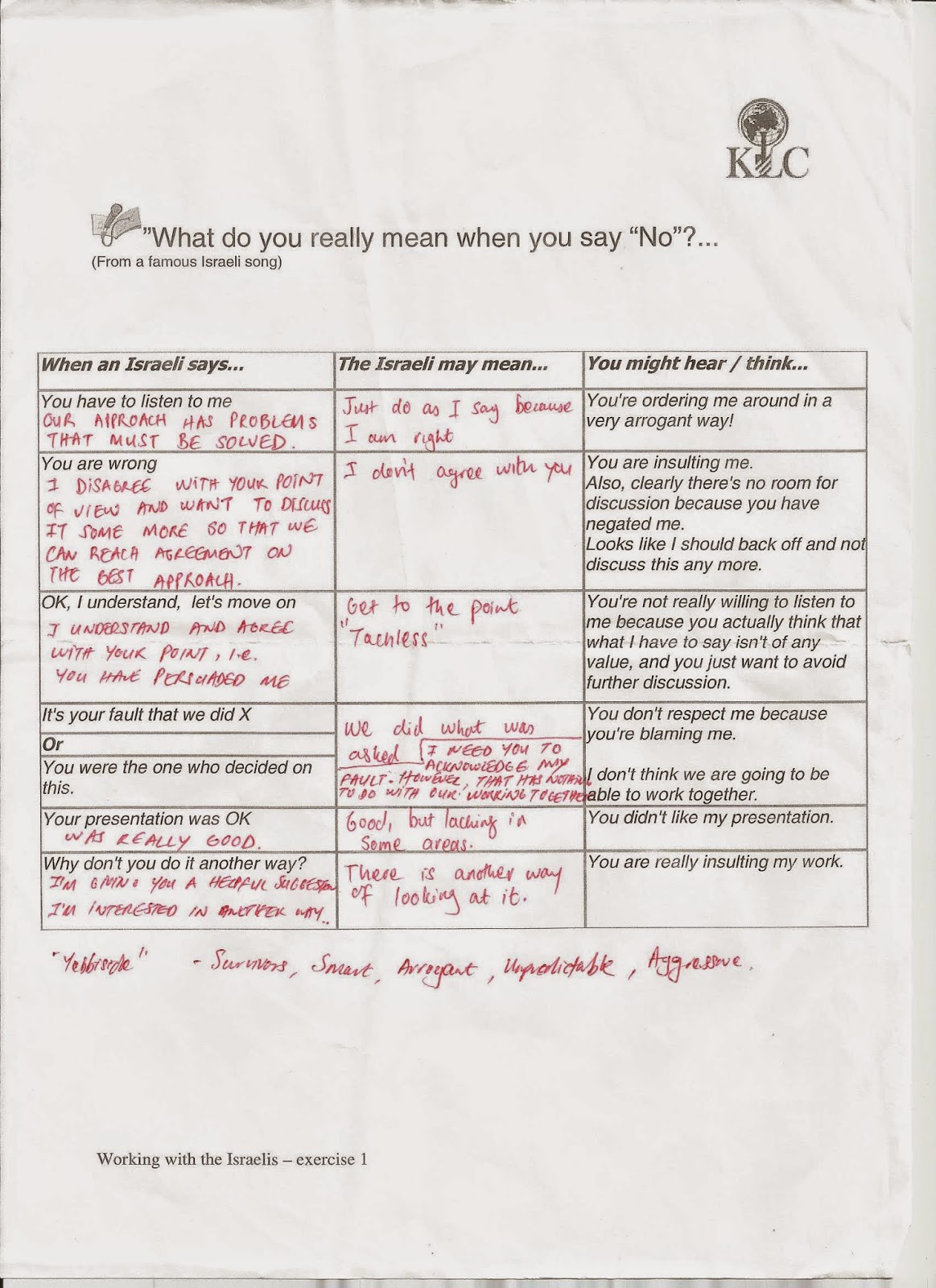As a Software & Systems Engineering Management Consultant, I spend a lot of my time helping senior management sort out their department processes, run audits around international benchmarking, teach and coach topics that I'm quite familiar with, help with crafting roles & responsibilities for project & department structures, help set up implementation strategies, and remain on board to see these recommendations & changes through to completion...
Recently, I helped a client rationalise its Quality Assurance (QA) Engineering organisation. I have written about QA/Testing in the past, most of those posts revolve around the experiences from this particular client. You can check out these two resources for my background & knowledge of the Quality Engineering QA/QC disciplines:
One of the triggers that drove this client to rethink its QA structure was some work that I did last year, around benchmarking what other organisations do in similar projects, and the outcome from that investigation identified an overload in the QA space, with lots of teams doing similar activities, resulting in duplication. The ratio of QA-to-Developers seemed unnaturally high. I personally knew this from the very beginning, but had to learn the hard way of taking a company through its own journey of self-discovery, that whilst an expert might see flaws and holes on day one, the customer is usually so set in its ways-of-working, that they are blinded by the inefficiencies because the projects do deliver anyway.
Anyway, I helped identify a need for a QA Manager, and helped create a job specification around this - which is what I'd like to share with you, in case you are looking for something similar. In my view, this is still a journey, the QA manager maybe an interim step, as an improvement to embedding some quality disciplines within the organisation, my end goal however, is to lead this client to a Lean Mindset, which takes the best of Agile/Lean processes, and drives quality engineering principles & disciplines right up the value chain, to the source - which is around architecture, design & development...we're not yet ready for that yet, so a QA Manager intervention is as good-a-starting-point-as-any....
P.S. My source of info for drawing up this job spec was the IEEE SWEBOK (I once studied the IEEE CSDP although didn't want to write the exam because I'm currently against any form of certifications, although I'm still a member of IEEE & ACM) as well as my own previous job experience...
P.S. My source of info for drawing up this job spec was the IEEE SWEBOK (I once studied the IEEE CSDP although didn't want to write the exam because I'm currently against any form of certifications, although I'm still a member of IEEE & ACM) as well as my own previous job experience...
JOB SPECIFICATION:: QUALITY ASSURANCE MANAGER
ENGINEERING: DECODER QUALITY
CONTEXT
[THE COMPANY] has rationalized its various Testing roles in the department and has introduced a new role focused on driving Software Quality Assurance Practice across the business. The reporting department line (CEQA) is overall responsible for applying Software Quality Management (SQM) that applies to all perspectives of decoder software processes, products and resources. SQM defines processes, process owners, and requirements for those processes, measurements of the process and its outputs, and feedback channels.
SQM processes consist of many activities. Specifically, with respect to [THE COMPANY], this is broken down into the following areas:
- Software / System Quality Assurance
- Software & Systems Testing (Quality Control / QC)
- Automation Tools & Methods
- Real-world home testing (Field trials)
Collectively, the above areas are separate lines reporting to an overall Head: Quality. These SQM streams however are interconnected and share the underlying foundation of quality principles, which all these groups need to adhere.
This role is about a Quality Assurance Manager position, which is based on three pillars:
- Measurement & Metrics
- Standards, Reviews & Audits
- Project-based role as QA Program Manager / QA Director
SOFTWARE QUALITY ASSURANCE (SQA) VISION
SQA processes provide assurance that the software products and processes in the project life cycle conform to their specified requirements by planning, enacting, and performing a set of activities to provide adequate confidence that quality is being built into the software at all levels of the software development lifecycle (SDLC).
The role of SQA with respect to process is to ensure that planned processes are appropriate and later implemented according to plan, and that relevant measurement processes are provided to the organization.
The SQA plan defines the means that will be used to ensure that software developed for a specific product satisfies the user's requirements and is of the highest quality possible within project & business constraints.
SQA takes into account the culture of the development teams, identifies processes, standards and practices, and conventions governing the project, highlighting how they will be checked and monitored to ensure adequacy, compliance, and ultimately the decision that the product is fit-for-purpose from a QA standpoint (checks and balances).
SQA also identifies measures, statistical techniques, quality metrics including procedures for problem reporting and corrective action, techniques & methods including tools, training, reporting & relevant documentation.
SQA also contributes to defining acceptance criteria, as well as reporting and management activities which are critical to software quality.
SQA will also contain a review and audit facility that may involve, but not be limited to the following areas: Management reviews, Technical reviews, Inspections, Walk-throughs & Audits. This can only be implemented once the department has reached a level of maturity and stability of processes (i.e. standards adherence) that have proven to deliver business value, such that it becomes the charter & practice of all projects going forward, and hence warrants a review & audit activity.
WHAT ARE WE LOOKING FOR IN A QUALITY ASSURANCE MANAGER?





